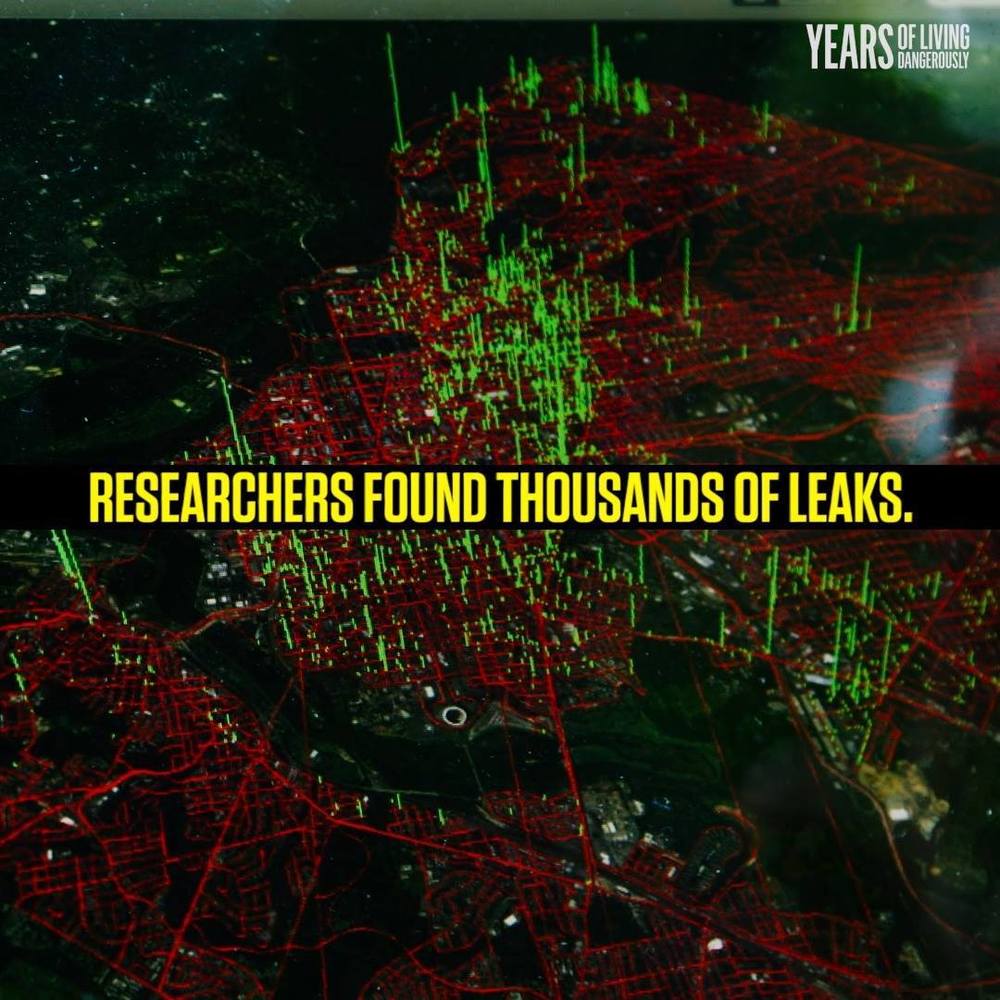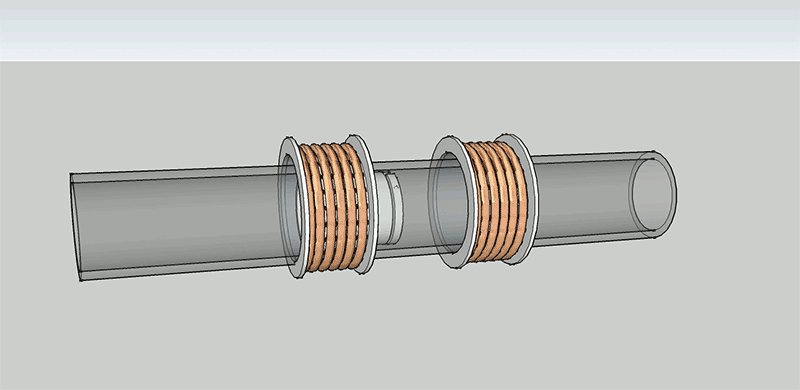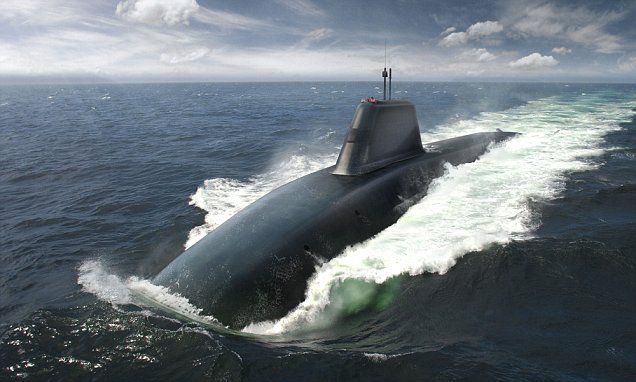We teamed up with the folks behind BBC World Service’s CrowdScience to answer your questions on one topic — this week it’s all about living underwater.
Page 7854
Jul 8, 2019
A Caterpillar Drive That Actually Looks Like A Caterpillar
Posted by Quinn Sena in category: futurism
[Tom Clancy]’s The Hunt For Red October is a riveting tale of a high-level Soviet defector, a cunning young intelligence analyst, a chase across the North Atlantic, and a new submarine powered by a secret stealth ‘caterpillar’ drive. Of course there weren’t a whole lot of technical details in the book, but the basic idea of this propulsion system was a magnetohydrodynamic drive. Put salt water in a tube, wrap a coil of wire around the tube, run some current through the wire, and the water spits out the back. Yes, this is a real propulsion system, and there was a prototype ferry in Japan that used the technology, but really the whole idea of a caterpillar drive is just a weird footnote in the history of propulsion.
This project for the Hackaday Prize is probably the closest we’re going to see to a caterpillar drive, and it can do it on a small remote-controlled boat. Instead of forcing water out of the back of a tube with the help of magic pixies, it’s doing it with a piston. It’s a drive for a solar boat race, and if you look at the cutaway view, it does, indeed, look like a caterpillar.
Instead of pushing water through a tube by pushing water through a magnetic field, this drive system is something like a linear motor, moving a piston back and forth. The piston contains a valve, and when the piston moves one way, it sucks water in. When the piston moves in the opposite direction, it pushes water out.
Jul 8, 2019
US Navy is developing ‘supersonic submarine’ inside a bubble
Posted by Quinn Sena in category: military
As swimmers know, moving cleanly through the water can be a problem due o the huge amounts of drag created — and for submarines, this is even more of a problem.
However, US Navy funded researchers say they have a simple solution — a bubble.
Researchers at Penn State Applied Research Laboratory are developing a new system using a technique called supercavitation.
Jul 8, 2019
The Magnetohydrodynamic Drive Is Real—and You Can Build One
Posted by Quinn Sena in categories: entertainment, physics
I know it’s an old movie (and it was an even older book before that), but I want to look at the physics of the special submarine drive in The Hunt for Red October. In the story, the Russians build a so-called “caterpillar drive” using hydro-magneto power instead of the traditional propeller. This new drive is way quieter than the traditional type—so quiet that it could sneak up on the United States and blow it up. Spoiler alert: It doesn’t.
Here is the cool part: This magnetohydrodynamic drive, which turns water into a sort of rotor, is a real thing. (Although technically in the book version this drive is something other than magnetohydrodynamic. Quibbles.) In fact, it’s pretty simple to build. All you really need is a battery, a magnet, and some wires. Oh, also this will have to operate in salt water, so you might need some salt. Here is the basic setup.
You’ve read your last complimentary article this month. To read the full article, SUBSCRIBE NOW. If you’re already a subscriber, please sign in and and verify your subscription.
Jul 8, 2019
New research sheds light on a possible cause of autism: processed foods
Posted by Fyodor Rouge in categories: food, neuroscience

Report that natural gas is just as bad as coal due to rampant methane leaks which cause global heating.
Jul 8, 2019
Researchers discover semiconducting nanotubes that form spontaneously
Posted by Quinn Sena in categories: biotech/medical, nanotechnology, quantum physics
If scientists could find a way to control the process for making semiconductor components on a nanometric scale, they could give those components unique electronic and optical properties—opening the door to a host of useful applications.
Researchers at the Laboratory of Microsystems, in EPFL’s School of Engineering, have taken an important step towards that goal with their discovery of semiconducting nanotubes that assemble automatically in solutions of metallic nanocrystals and certain ligands. The tubes have between three and six walls that are perfectly uniform and just a few atoms thick—making them the first such nanostructures of their kind.
What’s more, the nanotubes possess photoluminescent properties: they can absorb light of a specific wavelength and then send out intense light waves of a different color, much like quantum dots and quantum wells. That means they can be used as fluorescent markers in medical research, for example, or as catalysts in photoreduction reactions, as evidenced by the removal of the colors of some organic dyes, based on the results of initial experiments. The researchers’ findings have made the cover of ACS Central Science.

An apple a day won’t keep the doctor away for much longer. CO2 pollution is sucking the nutrients out of our healthiest foods. #YEARSproject
Jul 8, 2019
How algae could help solve some of the world’s biggest problems
Posted by Quinn Sena in category: food
Here’s a billion-dollar question. How do we transform our systems of food production and distribution, so that we can produce food much closer to where it’s consumed and therefore reduce food miles, food waste and our impact on the environment?
Jul 8, 2019
Honeywell Trapped Ion Quantum Computer
Posted by Quinn Sena in categories: computing, quantum physics
Honeywell Quantum Solutions has demonstrated record-breaking high fidelity quantum operations on their trapped-ion qubits. It is a major step towards producing the world’s most powerful quantum computer. Honeywell targets an operational trapped ion quantum computer by the end of 2019.

Currently the leading trapped ion quantum computer is by the startup IonQ. There are commercial quantum annealing systems from D-Wave Systems with 2000 qubits. There are superconducting quantum computers with 16–72 qubits from Google, IBM, Intel and Rigetti Systems.















